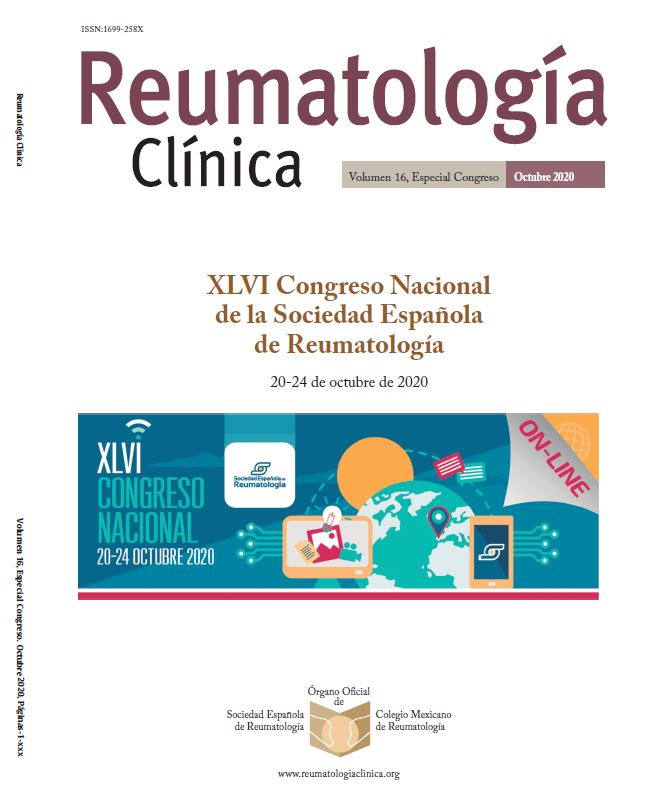CO45 - Quantifying the Placebo effect after Intra-Articular Injections: Implications for Trials and Practice
1Hospital Universitario de La Princesa. Madrid. 2 Hospital Clínic de Barcelona. 3Hospital Universitario de Móstoles. 4Hospital Universitario de la Fundación Jiménez-Díaz. Madrid. 5Instituto de Salud Músculo-Esquelética (Inmusc). Madrid.
Introduction: Understanding the efficacy of intra-articular therapies (IAT) on pain implies bearing in mind the related placebo (PBO) effect. Most studies analyzing it were focused on the compound being administered rather than the route of administration.
Objectives: We aimed at evaluating the size of the PBO effect of IA injections.
Methods: We performed an overview of systematic reviews (SRs) of randomized-controlled trials (RCTs) of frequently used IAT. SRs with a saline solution PBO arm and high-confidence results according to the AMSTAR-2 tool were selected for analysis. Data on the change in pain from the PBO arms from baseline to 3-6 and 12-16 weeks (w) after the IA procedure was extracted, standardized mean differences (SMD) calculated and a meta-analysis performed using an inverse-variance random-effects model. The overall effect sizes obtained refer to versions of the SMD, which corresponds to the Hedges’ (adjusted) g. (e.g. a “g” of 1 indicates the two groups being compared differ by 1 standard deviation and so on). Heterogeneity was measured using the I2 parameter.
Results: Two SR were included comprising 50 RCTs; 44 of them not meeting inclusion criteria were excluded so pain, measured by visual analogue scale (VAS) and Lequesne index, was retrieved from 6 RCTs. At 3-6 w, an overall SMD [95%CI] = 0.74 [0.47-1.00] (I2 = 61%; test for overall effect: Z = 5.4; p < 0.000) was found. One study showing too large an effect was excluded after conducting sensitivity analysis resulting in a significant reduction of heterogeneity with an SMD = 0.62 [0.45-0.79] (I2 = 0%; test for overall effect: Z = 7.18; p < 0.000). At 12-16 w, we found an SMD = 0.33 [0.13-0.52] (I2 = 0%; test for overall effect: Z = 3.29; p < 0.001). According to the criteria proposed by Cohen, the effect of IA PBO at 3-6 w was moderate to large with a reduction to a small but persistent one at 12-16 w.
Conclusions: Our results showed a moderate to large short-term effect of IA PBO that persisted on the mid-term although reduced. We suggest this effect should be considered when assessing the efficacy of IAT in RCT and also in clinical practice where it could be maximized as well.
References
- Cohen J. Statistical Power Analysis in Behavioural Sciences (2nd ed). 1988.







